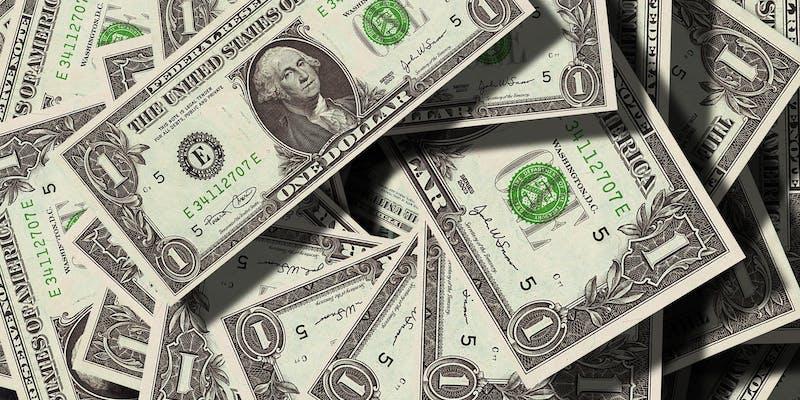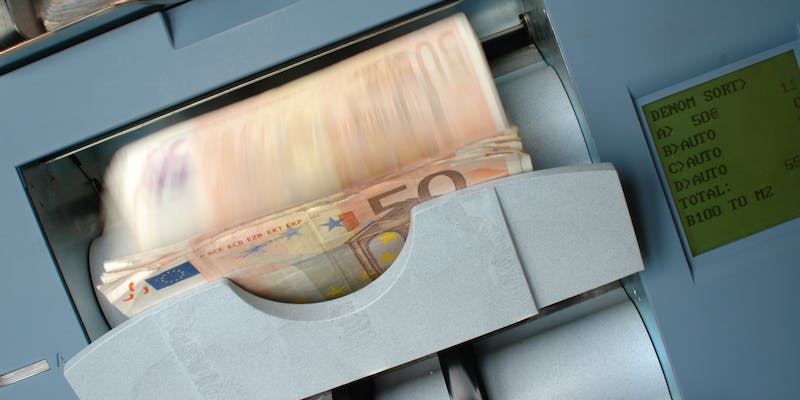A currency board maintains a steady exchange rate and holds foreign currency reserves that underpin the peg. Currency boards firmly connect local currency supply to foreign reserve acquisition, making them more disciplined than alternative fixed exchange rate regimes. This strict strategy promotes international commerce and investment by ensuring currency stability.
It also controls exchange rates and the money supply, delegating currency management to a monetary body. This authority is crucial to local currency value. Most notable is a currency board's 100% reserve requirement to back all local currency in circulation with foreign currency.
A 100% reserve requirement makes the currency board resemble a substantial gold standard. This means that any local currency must be backed by foreign money in reserve. The currency board manages money disciplinedly, unlike a central bank that can print money. A vital feature of the currency board system is unlimited local currency exchange for foreign currency. Traditional central banks may create money, but a currency board requires a foreign currency reserve to underpin any domestic money supply rise.
Currency boards collect income from foreign reserves, which is unique. The currency board earns interest on foreign currency reserves to sustain its home currency. Thus, local interest rates follow foreign currency rates. This alignment stabilizes the local financial climate, boosting currency confidence and easing foreign commerce and investment. A currency board's functioning emphasizes strict reserves, disciplined monetary policy, and a clear relationship between domestic and international interest rates for a stable currency system.
Example of Currency Board
The Hong Kong currency board, which set a fixed exchange rate with the U.S. dollar, requires 100% reserves. All Hong Kong dollars in circulation are backed by U.S.U.S. dollars, ensuring monetary stability. By reducing currency rate volatility, increasing economic stability, and boosting investor confidence, this arrangement has enabled Hong Kong-U.S. commerce.
During the 1997 Asian financial crisis, Hong Kong's fixed exchange rate policy worsened things. Hong Kong's fixed peg with the U.S.U.S. dollar limited its monetary policy flexibility when nearby Asian currencies sank rapidly. The currency board's peg pledge caused high-interest rates and deflation, worsening the recession.
The currency board's peg benefited commerce and stability regularly, but its rigidity during crises might limit a country's capacity to adapt to economic issues. Hong Kong's experience shows that fixed exchange rate regimes require a balance between stability and flexibility to handle financial volatility.
Pros of Currency Board 
Exchange Rate
A currency board's set exchange rate is one of its main advantages. By requiring the native currency to be backed entirely by international reserves, it tightly links its value to foreign currency assets. This improves currency rate stability and shows a credible commitment to sustaining it.
Credibility and Lower Inflation
The currency system boosts credibility with domestic and international stakeholders. Maintaining and supporting a stable exchange rate with international reserves fosters currency trust. Credibility frequently lowers inflation since a regulated money supply discourages arbitrary and inflationary behaviors.
Rule-Based Currency Boards
Rule-based currency boards are reliable. Currency valuations follow established standards. Investors and traders trust a transparent and predictable financial environment. The rule-based architecture also lowers policy surprises.
Cons of Currency Board
Financial Crisis Vulnerability
Currency boards are more vulnerable to debt, capital flow, and banking crises. Because the local currency is tied to foreign funds, the economy is more vulnerable to changes from outside. Lack of flexibility might worsen economic problems during global financial turmoil.
Limited Lender of Last Resort Role
Currency boards are not lenders of last resort like central banks. This constraint might cause problems during financial crises when banks need funding. Banking crises can worsen without a lender of last resort since there is no institutional backup to avoid systemic failures.
Lack of Monetary Policy Influence
Currency boards give up domestic monetary policy. This discipline helps stabilize the exchange rate but prevents the board from using financial instruments to address economic issues like unemployment or recession. The board cannot unilaterally set interest rates or undertake discretionary monetary actions, limiting its flexibility to economic swings.
The pros and disadvantages of currency boards show that while they provide a solid framework for exchange rate stability, they have drawbacks that can cause problems, especially during economic downturns.
Currency Board vs. Dollarization vs Central Bank

Countries use central banks, currency boards, and dollarization to govern their currencies and monetary policies. Each system has pros and cons that affect economic stability, policy flexibility, and financial autonomy.
A country's central bank regulates the money supply, controls interest rates, and implements monetary policies to accomplish economic goals. It aids financial institutions in emergencies as the last resort lender. Central banks like the U.S.U.S. Federal Reserve affect economic circumstances by altering interest rates and performing open market operations.
A currency board, on the other hand, sets a fixed exchange rate between the local currency and a foreign currency. Currency boards cannot lend to banks or the government like central banks. They cannot affect interest rates or monetary policies because their primary goal is to preserve the fixed exchange rate. Hong Kong's currency board pegs the dollar to the U.S.U.S. dollar and requires 100% reserves.
Dollarization, or using a foreign currency like the U.S.U.S. dollar for daily transactions, is another possibility. Full dollarization replaces a country's currency with a foreign one. The foreign central bank (e.g., the Federal Reserve) controls monetary policy instead of the home central bank. Since currency depreciation is abolished, seigniorage revenue and foreign borrowing interest rates drop, making dollarization challenging to reverse.
Bottom Line
Finally, a currency board, like Hong Kong's peg to the U.S.U.S. dollar, demonstrates a rigorous approach to exchange rate stability. A defined exchange rate and credibility are positives, but financial crises and limited governmental impact are drawbacks, requiring a balanced framework. Comparing currency boards, dollarization, and central banks shows each system's trade-offs, stressing the complexity of national monetary frameworks.



